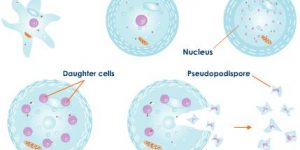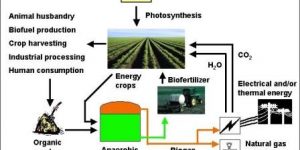It is a well-known fact that CO2 or carbon dioxide is one of the main reasons for global warming, because this gas has a negative effect on the Earth’s ozone layer. Despite that fact, we still pump tons of carbon dioxide into the atmosphere. A team led by Prof Dr. Ingo Krossing at the Freiburg Material Research Center (FMF) has recently developed a new system that can be used to produce methanol which uses hydrogen and CO. Methanol can turn out to be the perfect alternative for gasoline, because it is eco-friendly and easy to create. The scientists wanted to take advantage of the CO2’s power and integrate it into a cycle as a resistant energy form.
Krossing’s team combined the hydrogen and carbon dioxide in a high-pressure environment. Doctoral candidate Elias Frei of Krossing’s team has been researching methanol for several years and he is happy to know that his team has managed to develop a new catalyst system which can accelerate the chemical reaction. The researchers used zinc, zirconium dioxide and copper as catalysts in order to lower the temperature required for the reaction to occur. The catalysts formed surface-rich porous solid matter with defined properties.
Dr. Marina Artamonova is one of Frei’s colleagues and both of the mare testing different techniques in which the catalysts are frtiled with ionic liquids – liquid salts which cover the catalyst with a thin film. The salts fix the hydrogen and carbon dioxide by removing water and methanol from it and producing pure methanol which can be used as fuel or as a component in the chemical industry. Methanol is the perfect alternative for gasoline, because it isn’t so dangerous and is less harmful to the eco-system. The scientists are expecting to be able to produce methanol on a mass-scale in around two years. The carbon dioxide will be extracted out of the waste gas stream of a combined power and heat plant. The extracted CO will be used to create methanol. The methanol burned in the motor will release the CO again. Using the same molecules twice will allow us to use 50% less carbon dioxide, but use the same energy. For example – methanol converted from just 10 percent of Germany’s yearly carbon dioxide emissions will cover the country’s fuel needs for an entire year.


